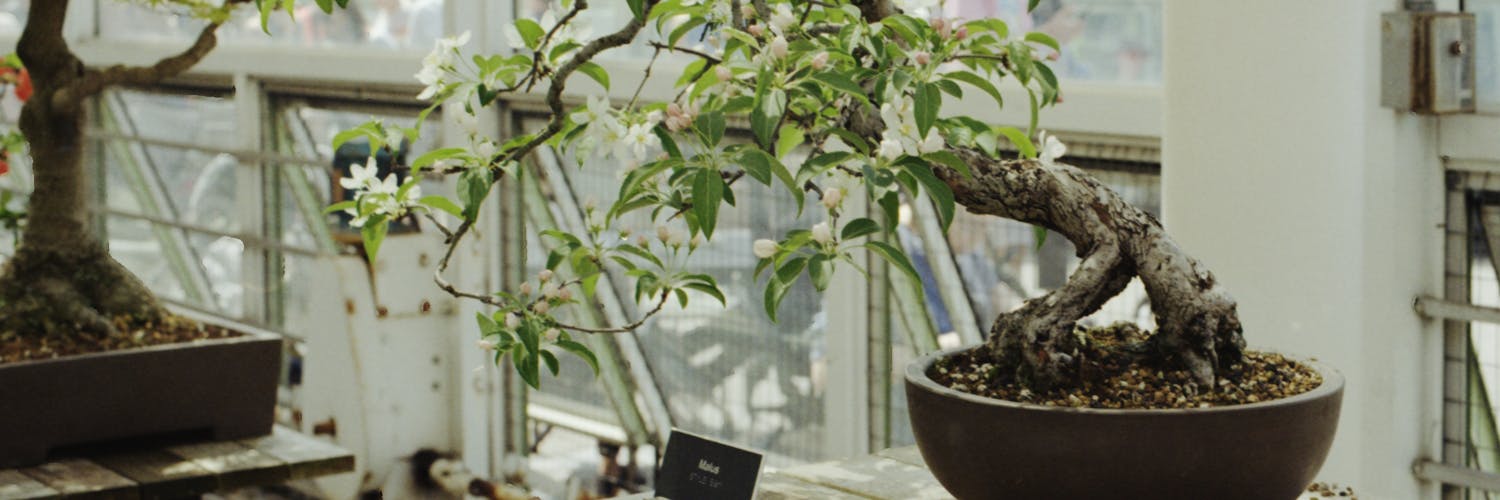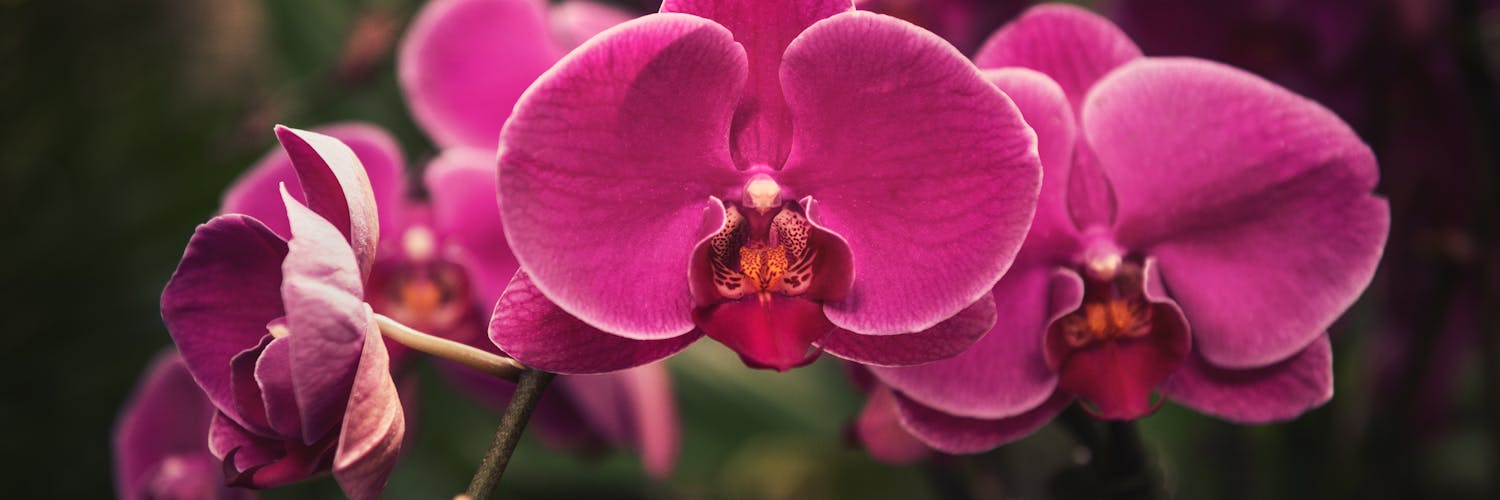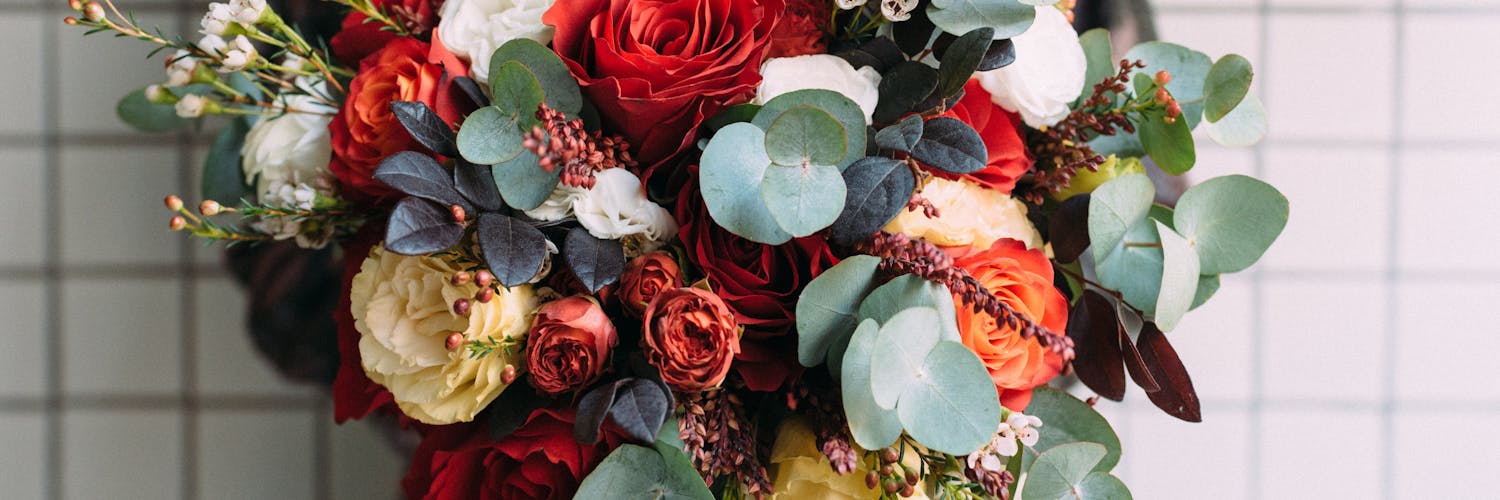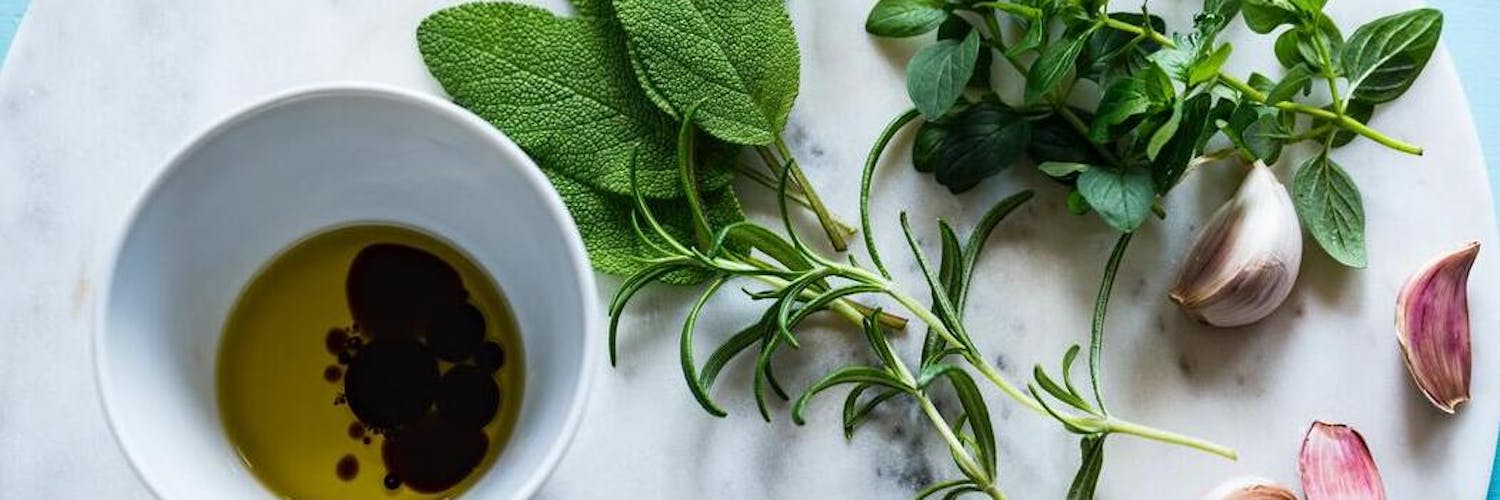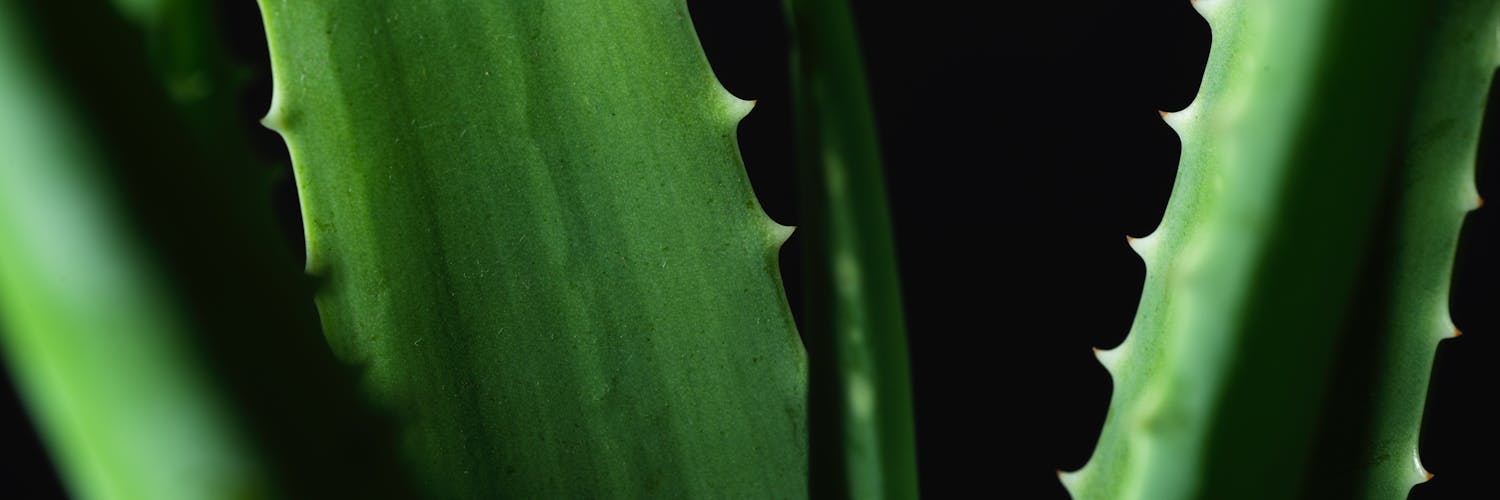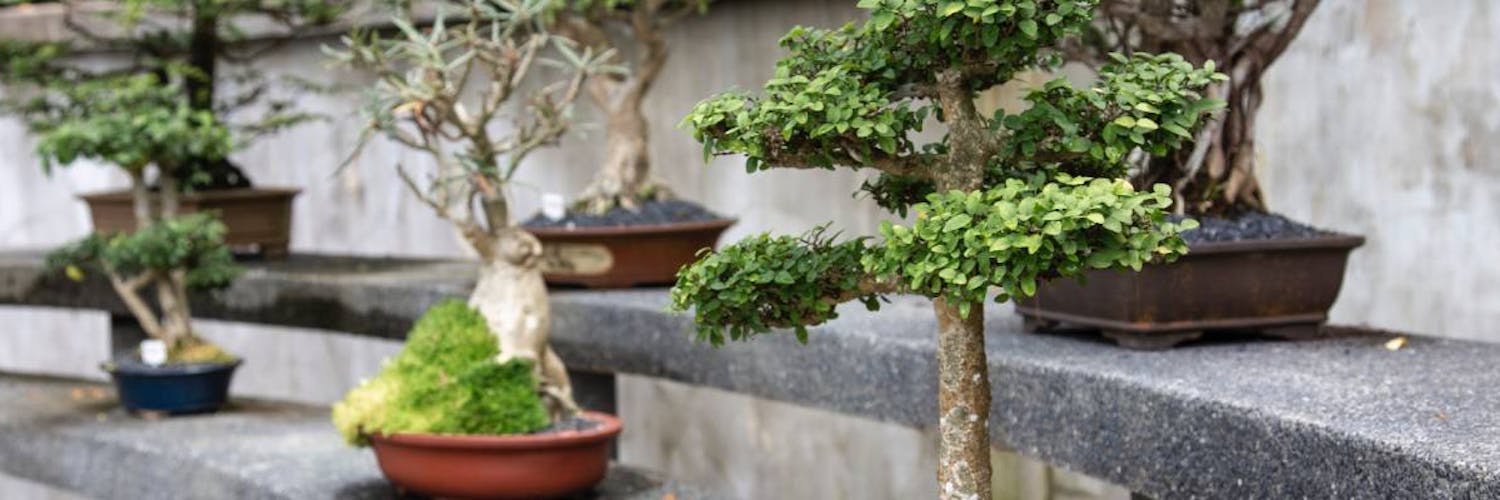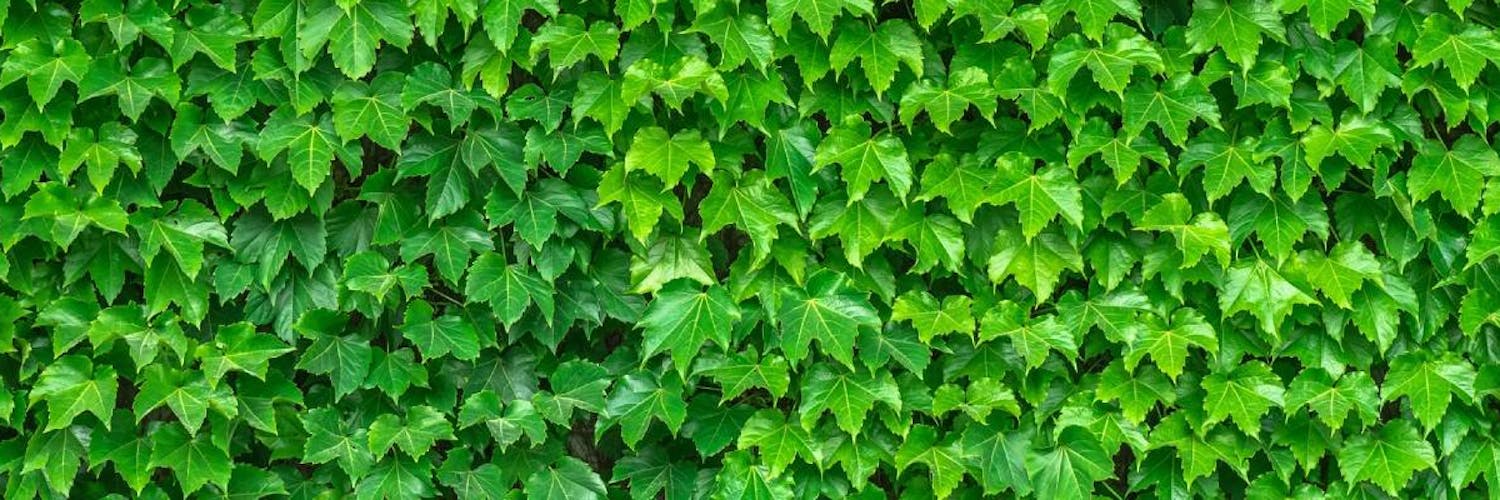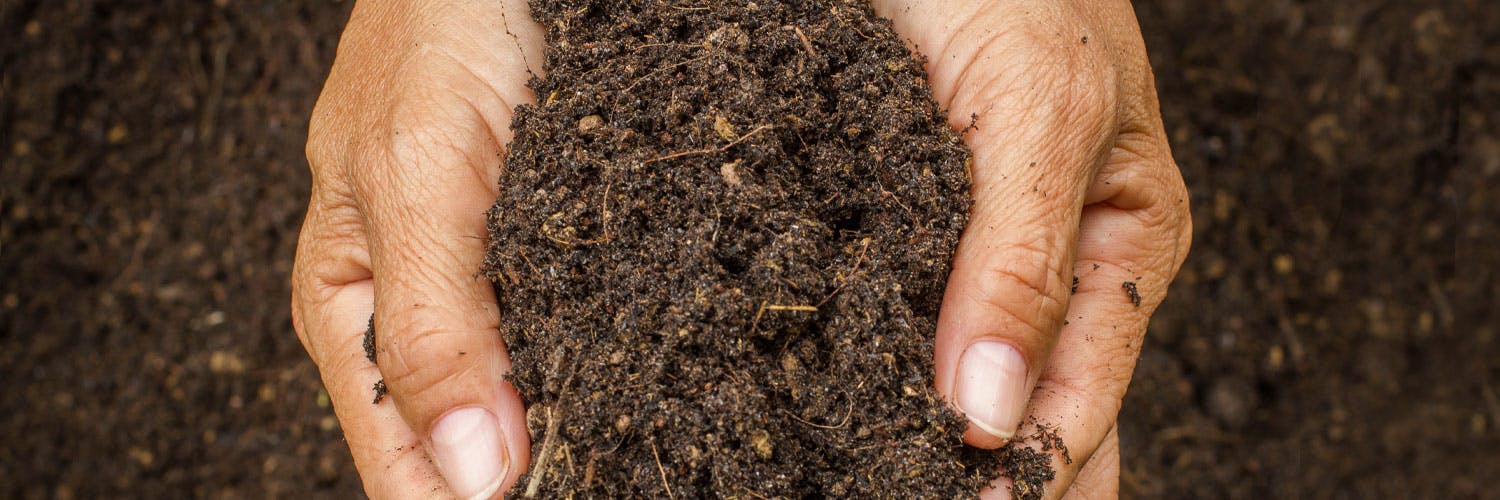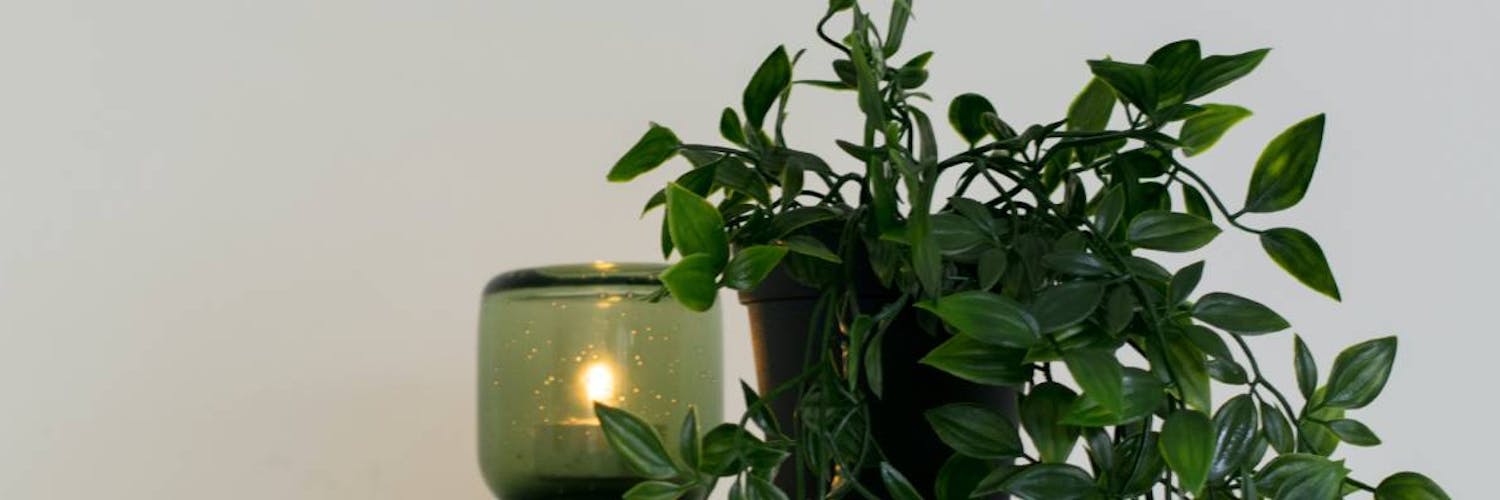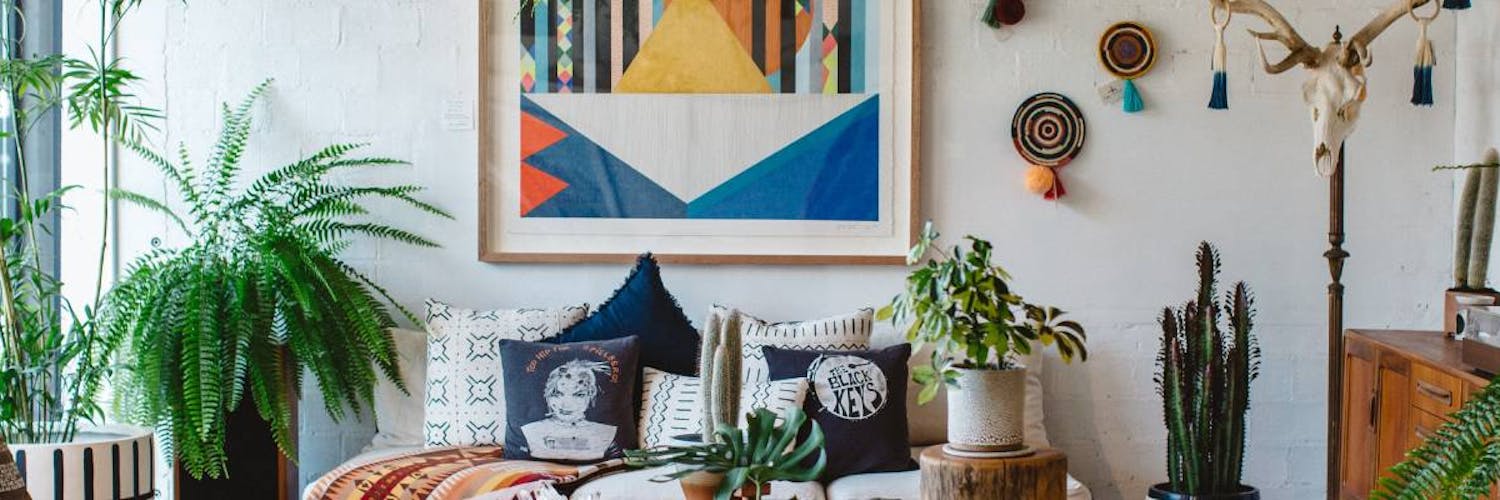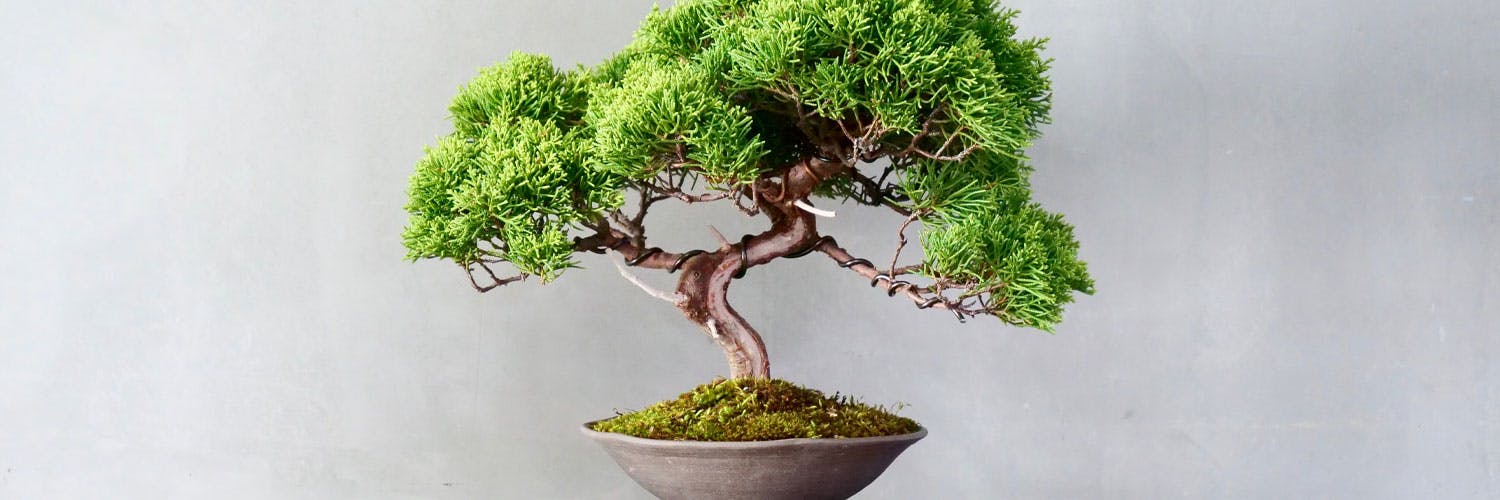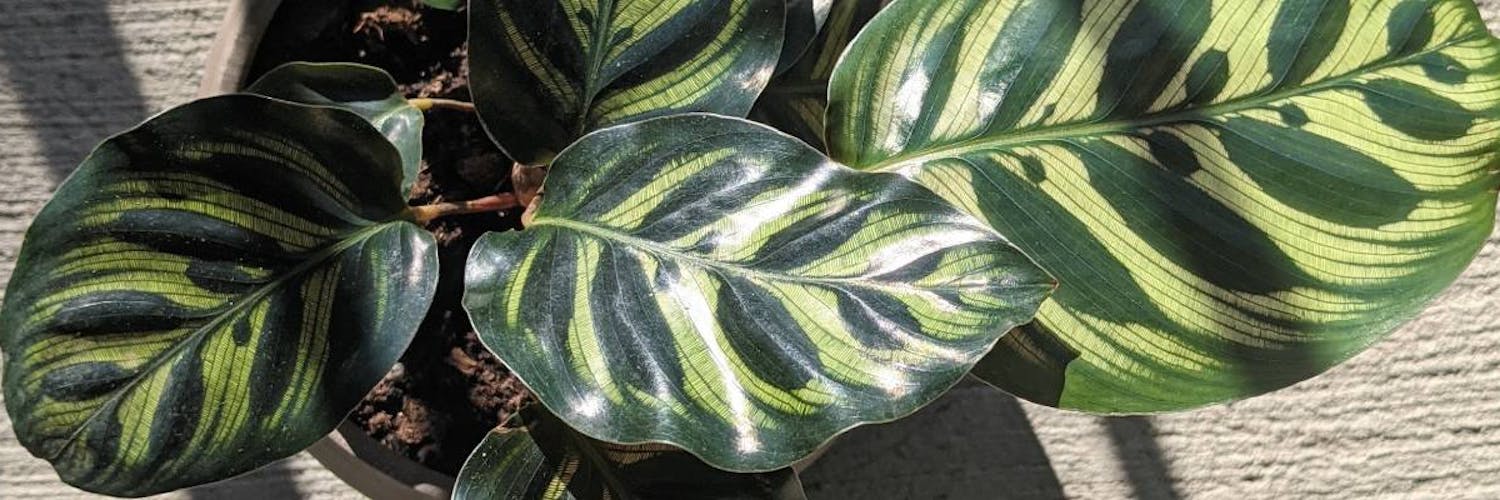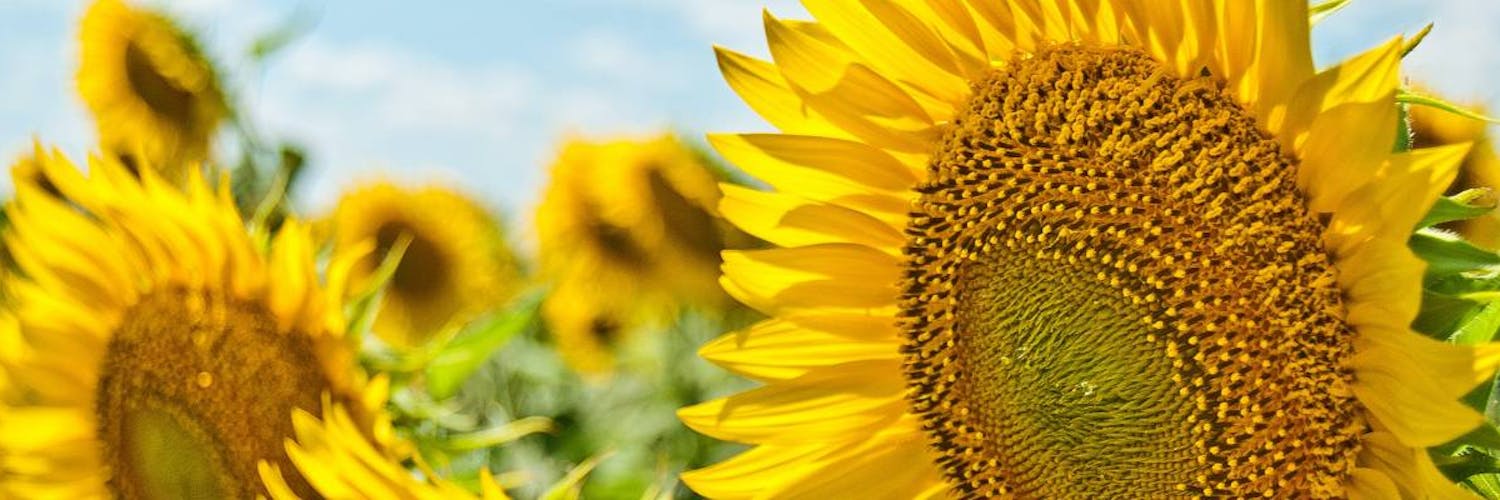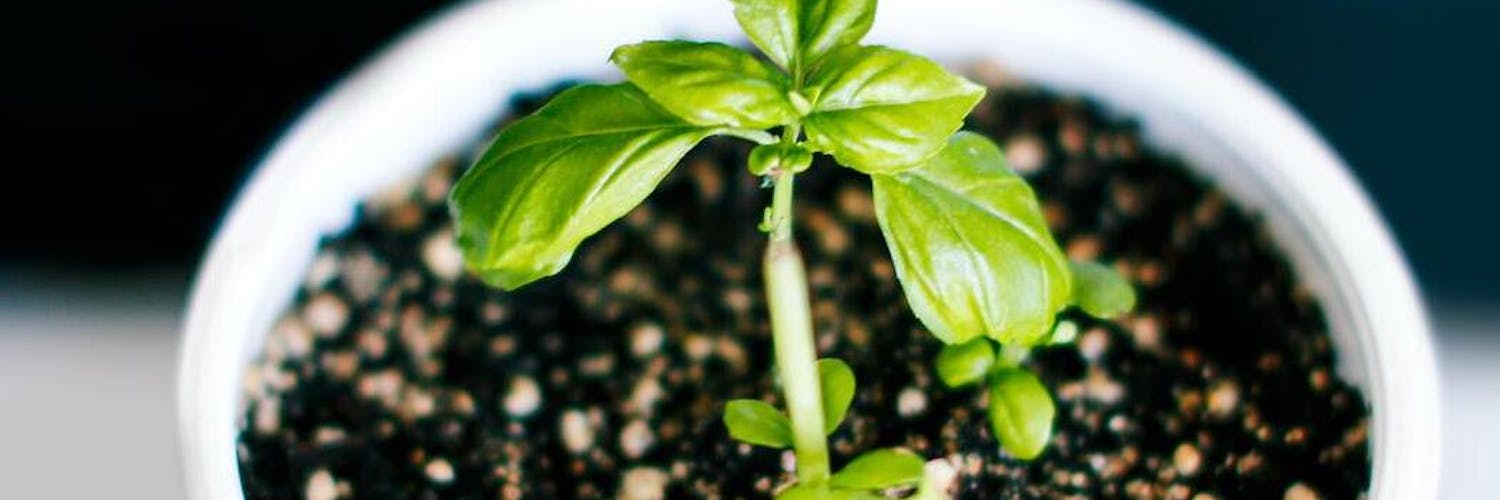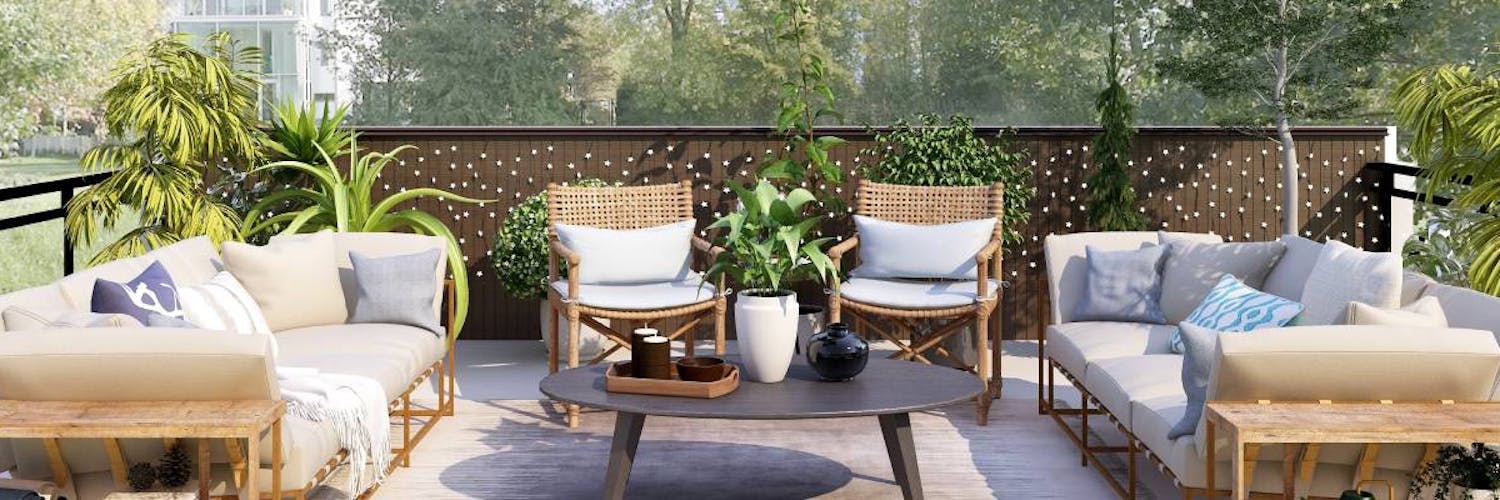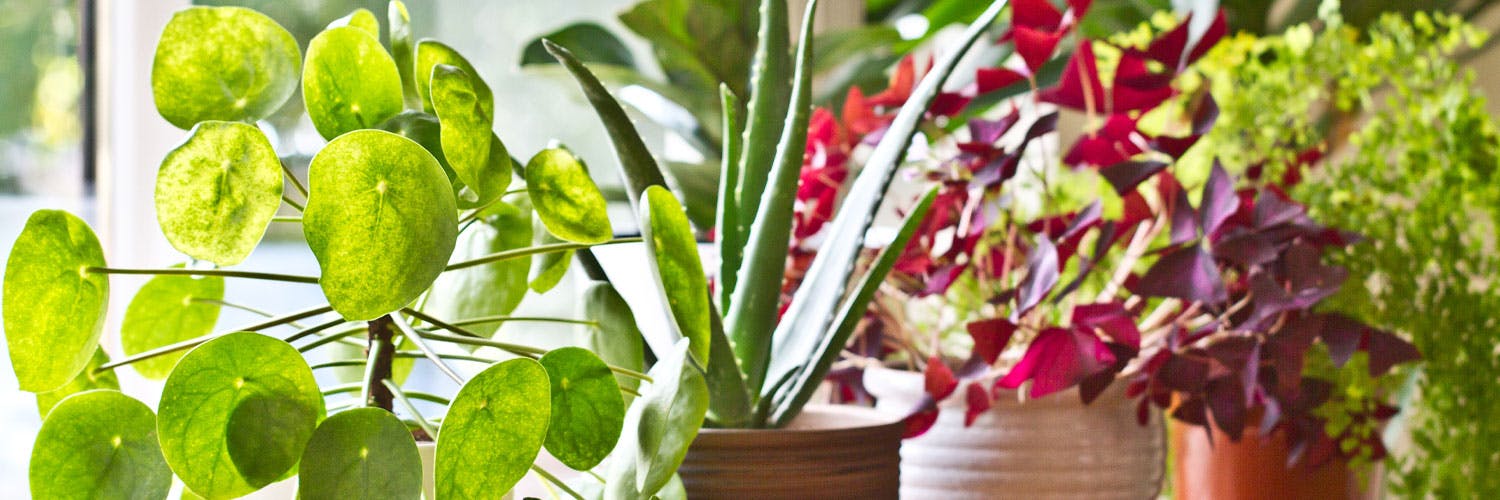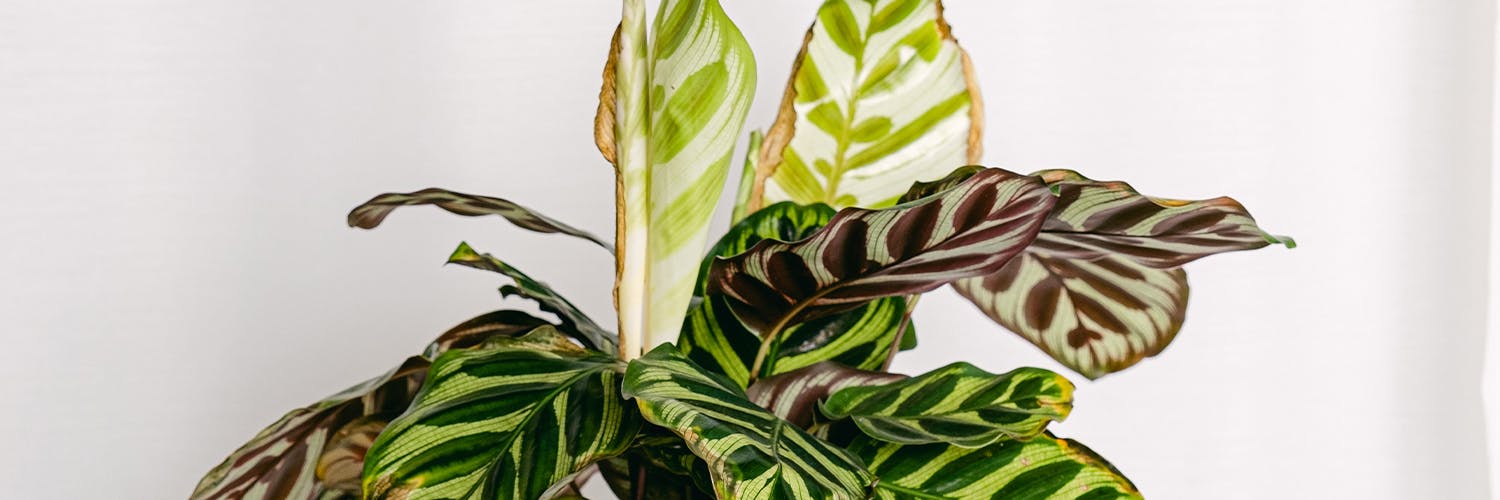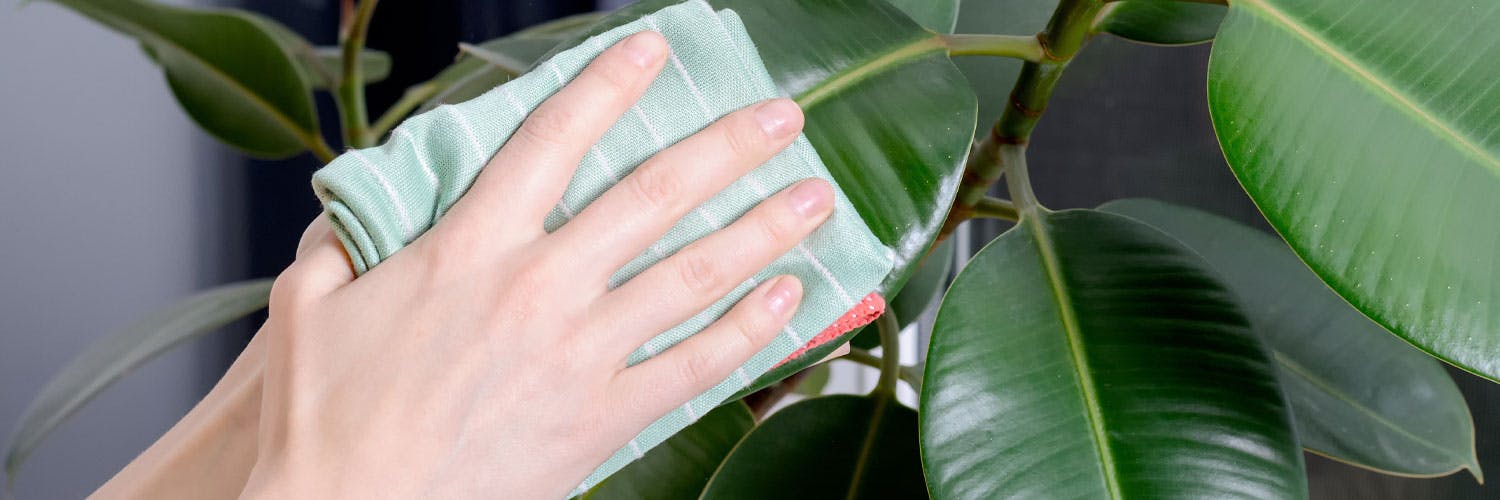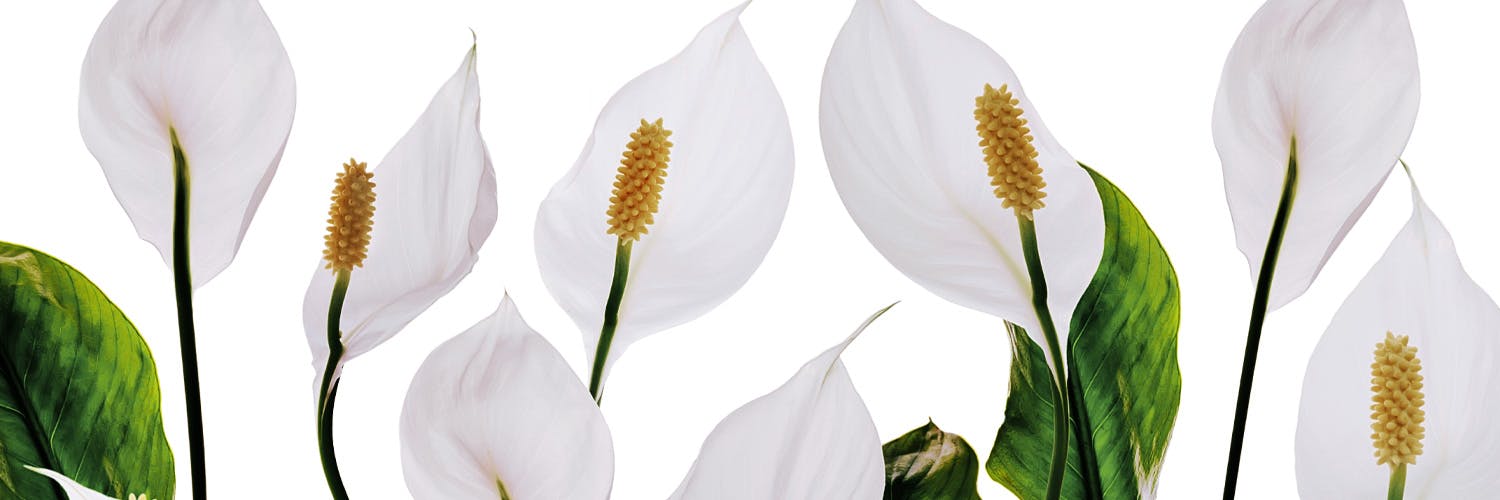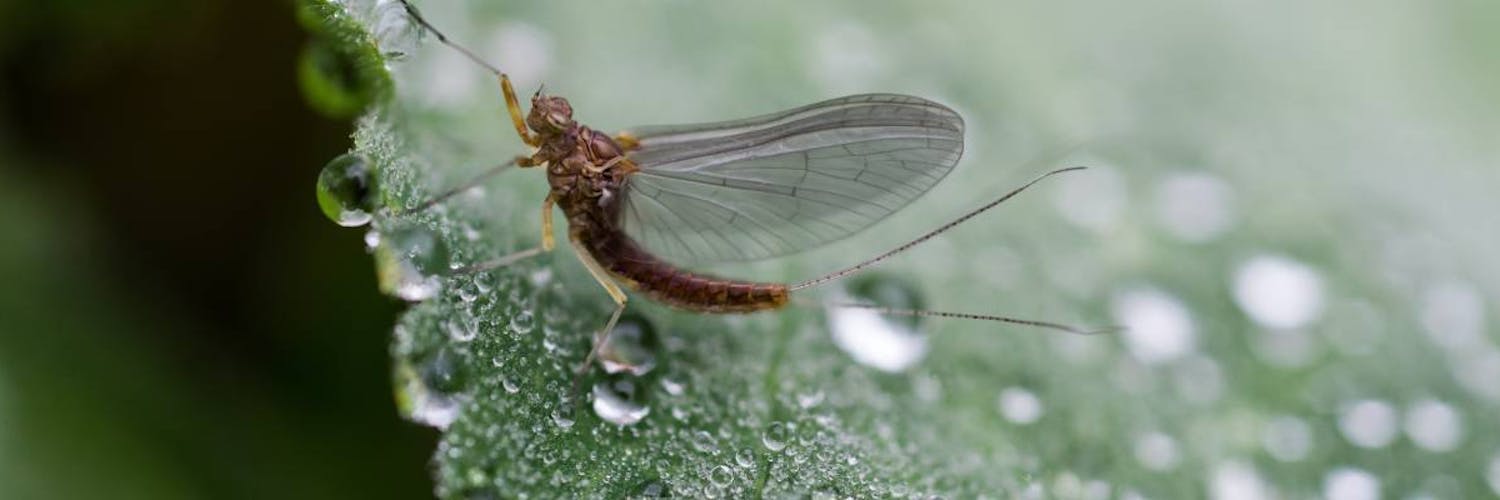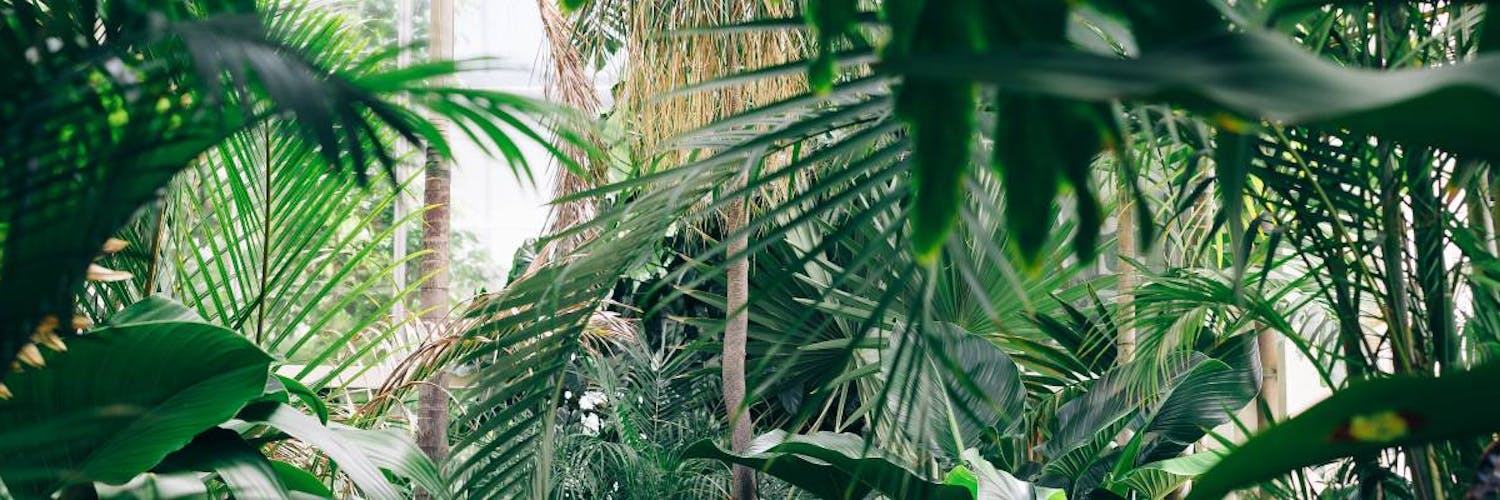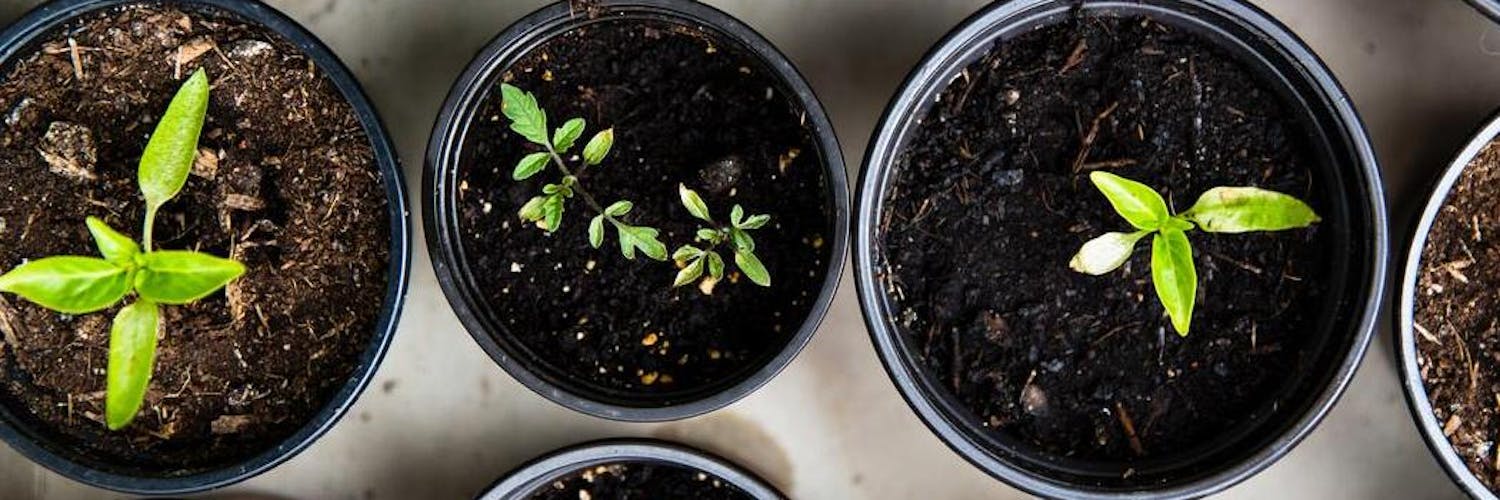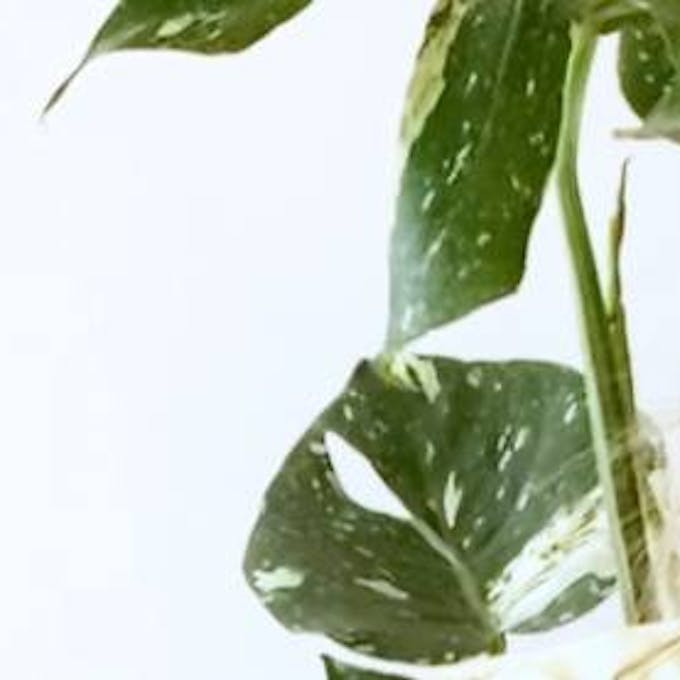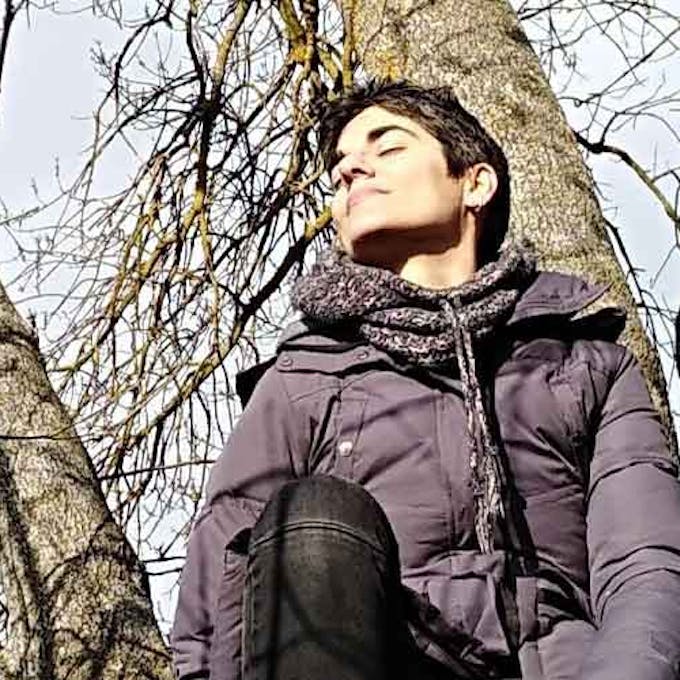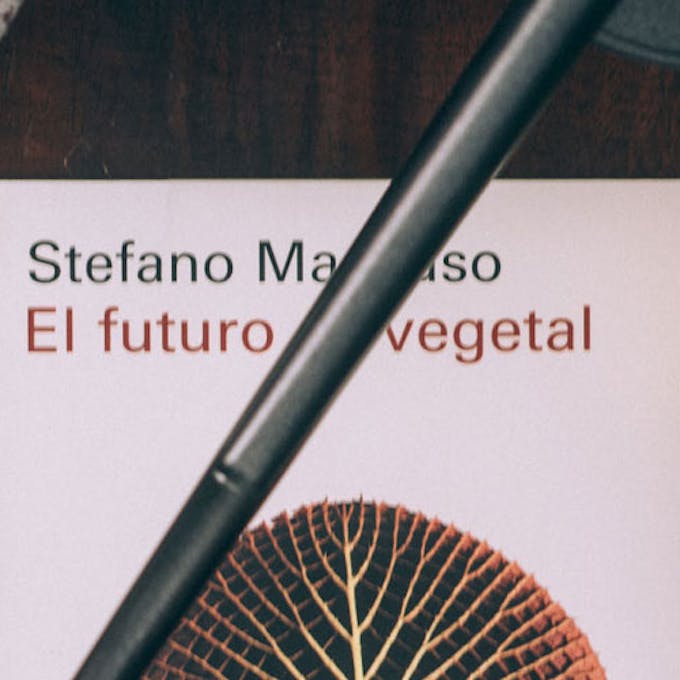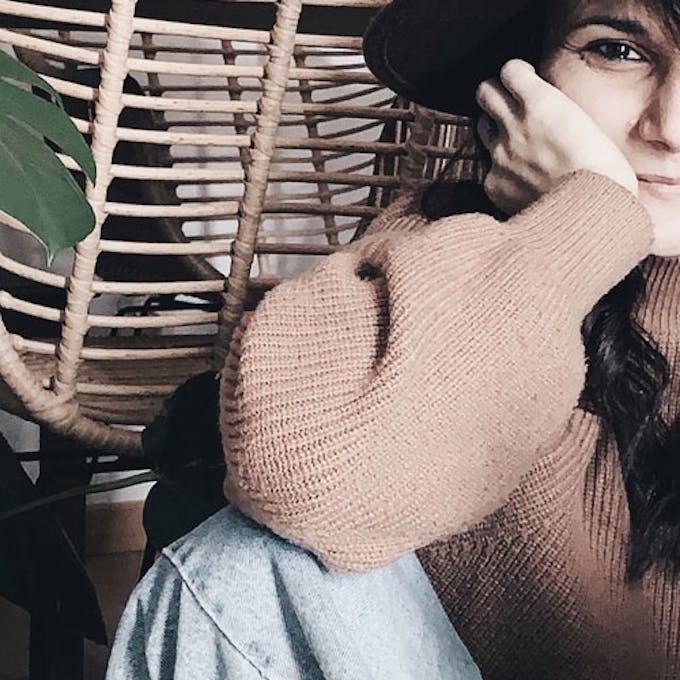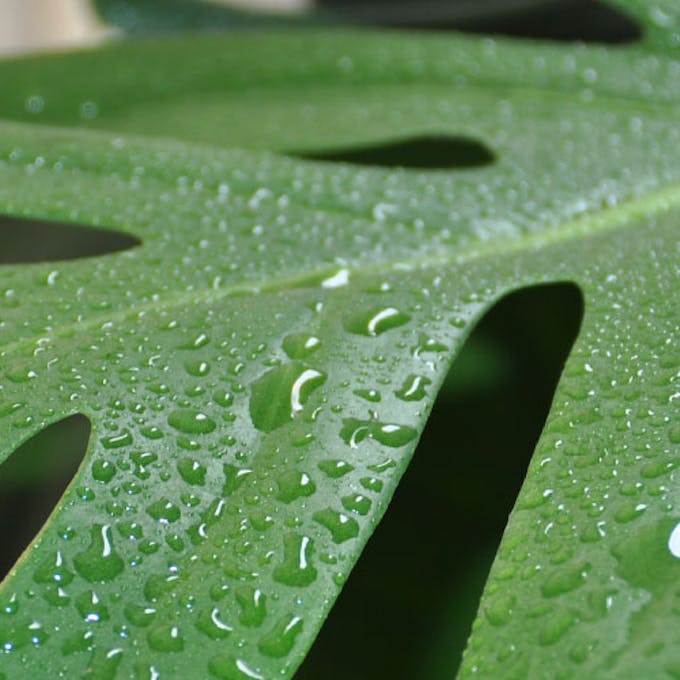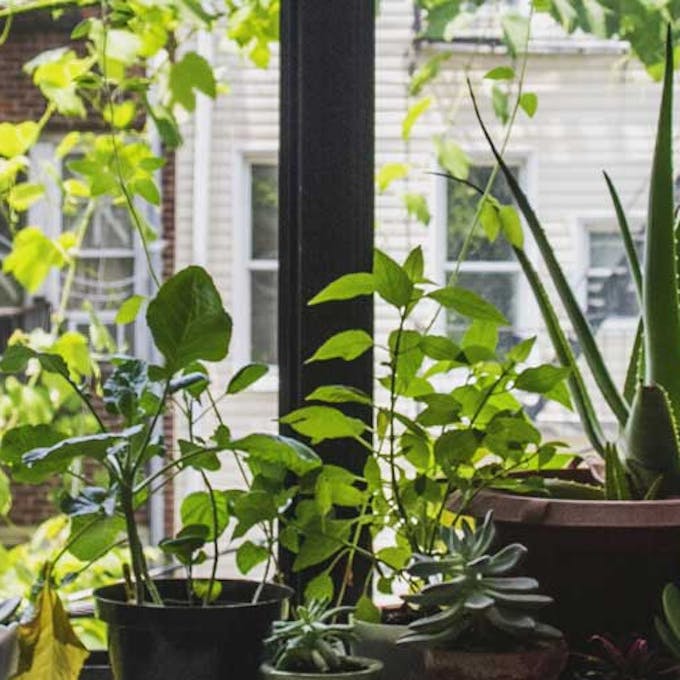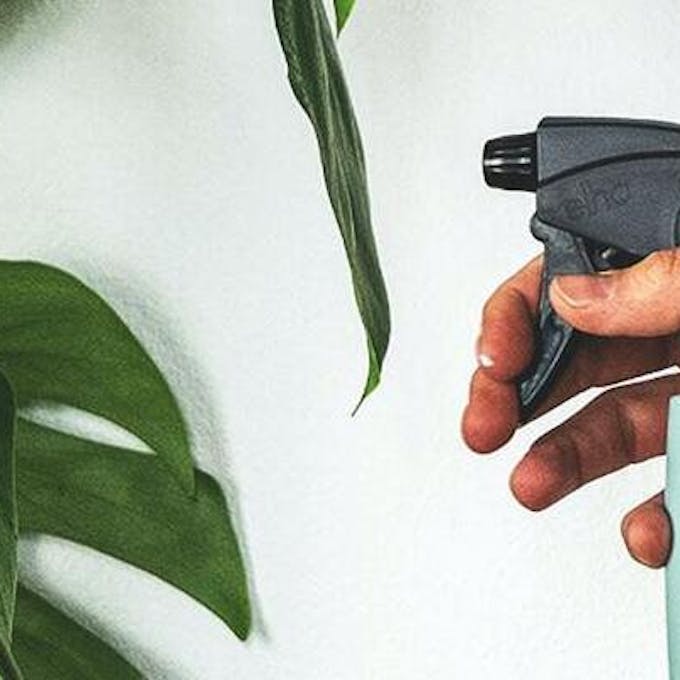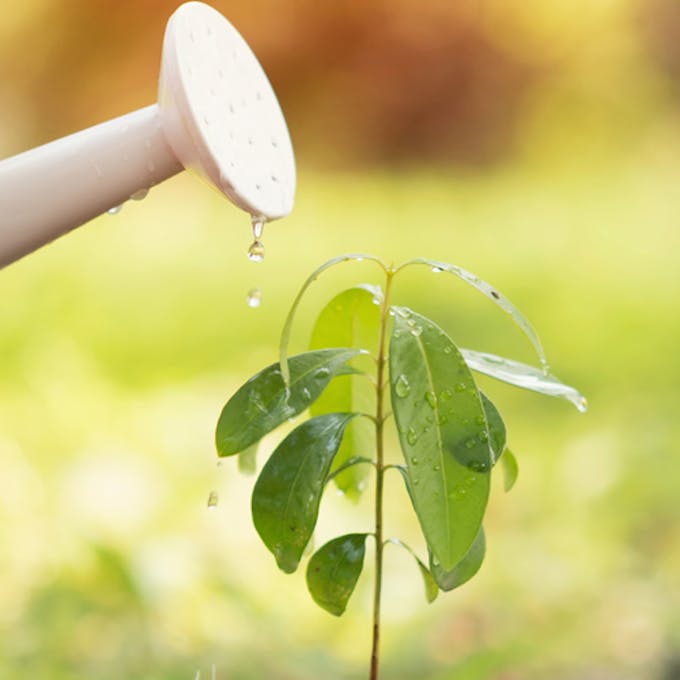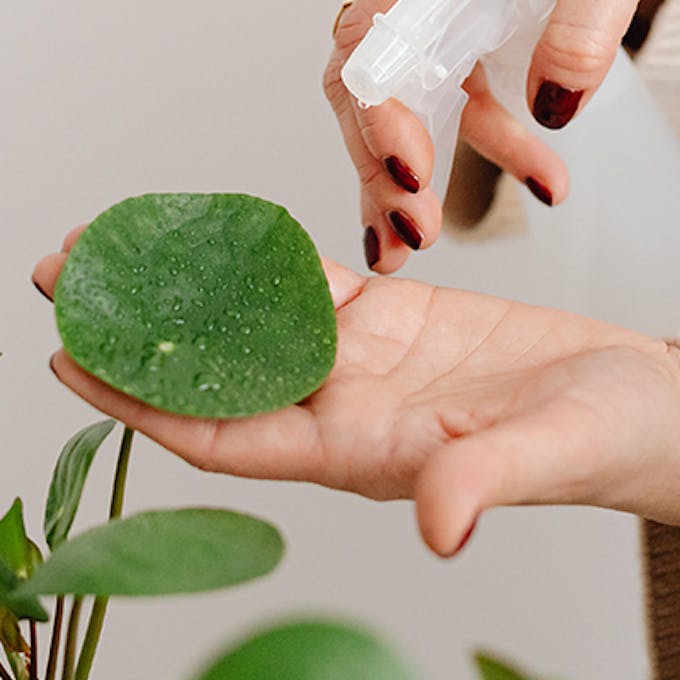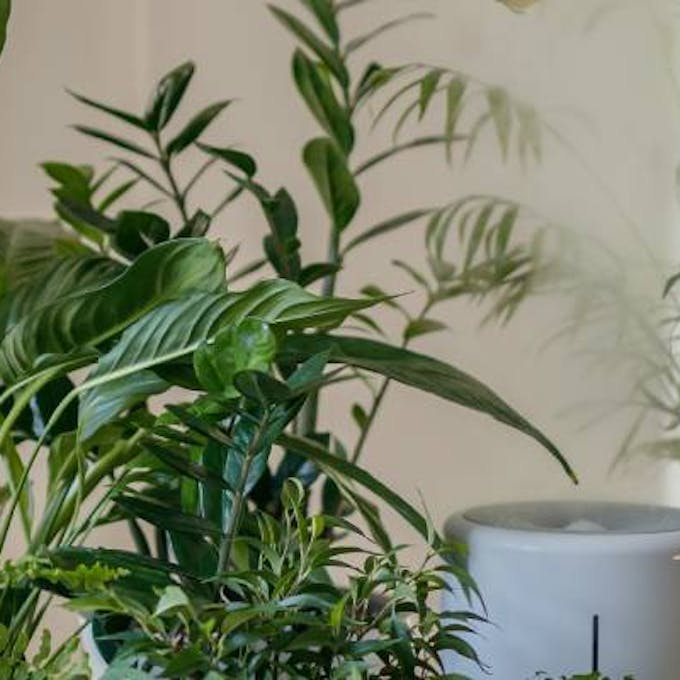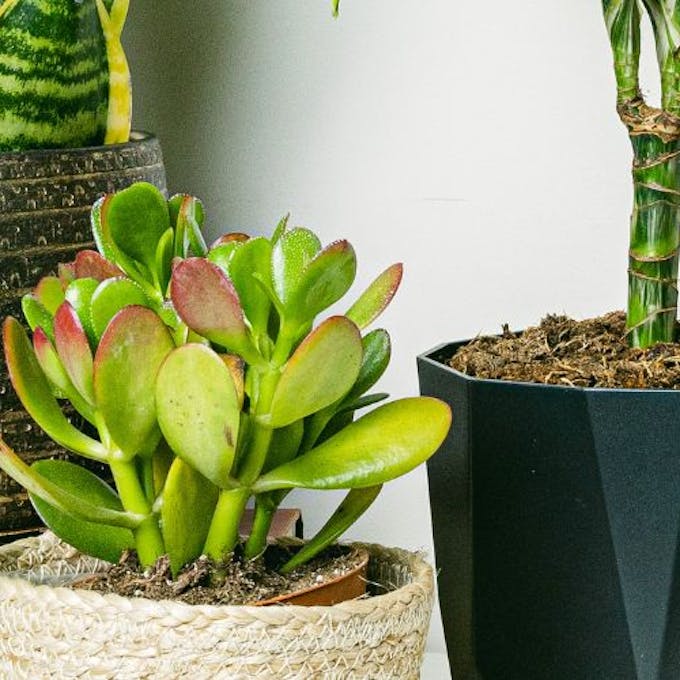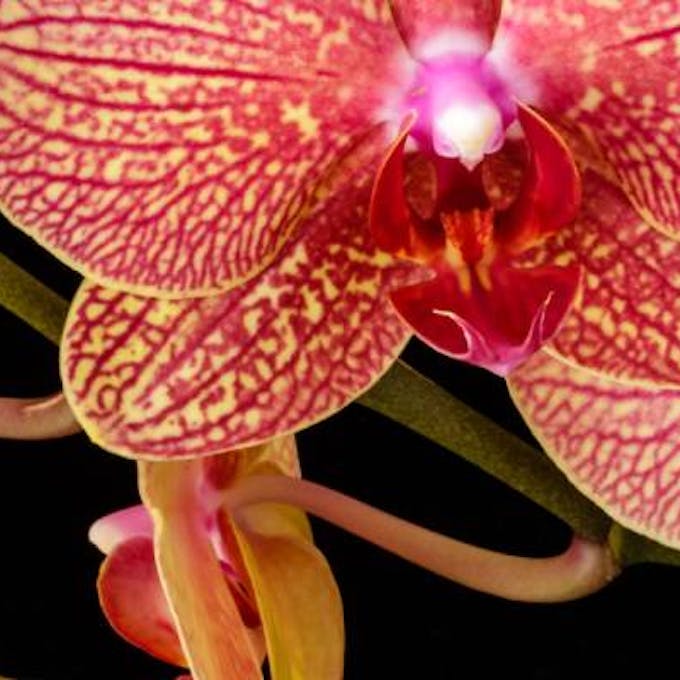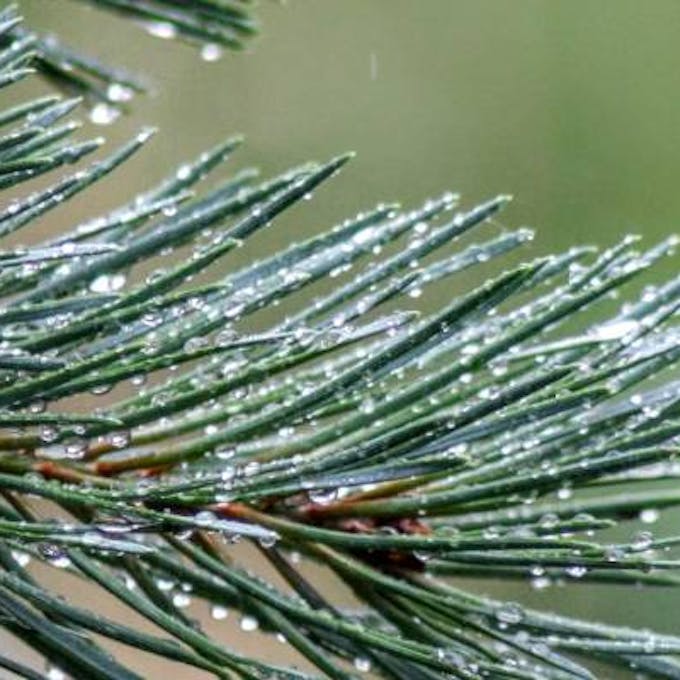Subscribe and get a 10% discount!
Growing plants is easy with Be.Green
Related articles
Calathea Roseopicta: The plant that will transform your environment
Protect your plants during the winter with our secure shipping kit
Innovative ideas to show off your houseplants with decorative planters: learn how to create them yourself
How to prune and shape the Eucalyptus tree in spring
Bring your space to life with the versatile and perfect Monstera plant
Nature therapy at home: discover how buying and caring for plants can benefit your mental health
The Peace Lily: The ideal plant to decorate your space with positive energy
Small trees in pots: The ideal solution for spaces with a lot of light
Discover the 10 ideal plants to illuminate and decorate your kitchen without worrying about its maintenance
Transform your home in a fun way with playful leafy plants
Join the green trend in decoration and decorate with Monstera
Amazing plants that will bring joy to your loved ones on the International Day of Happiness
Practical tips for a successful transplant of your houseplants
The best tricks for your Kentia Palm to survive extreme heat
The Blue Star Fern is a versatile and hardy plant that can be a great addition to your garden
Enjoy the minimalist beauty of Japanese style in your home, creating a calm and harmonious space